Discovering Dactyl: The First Known Asteroid Moon
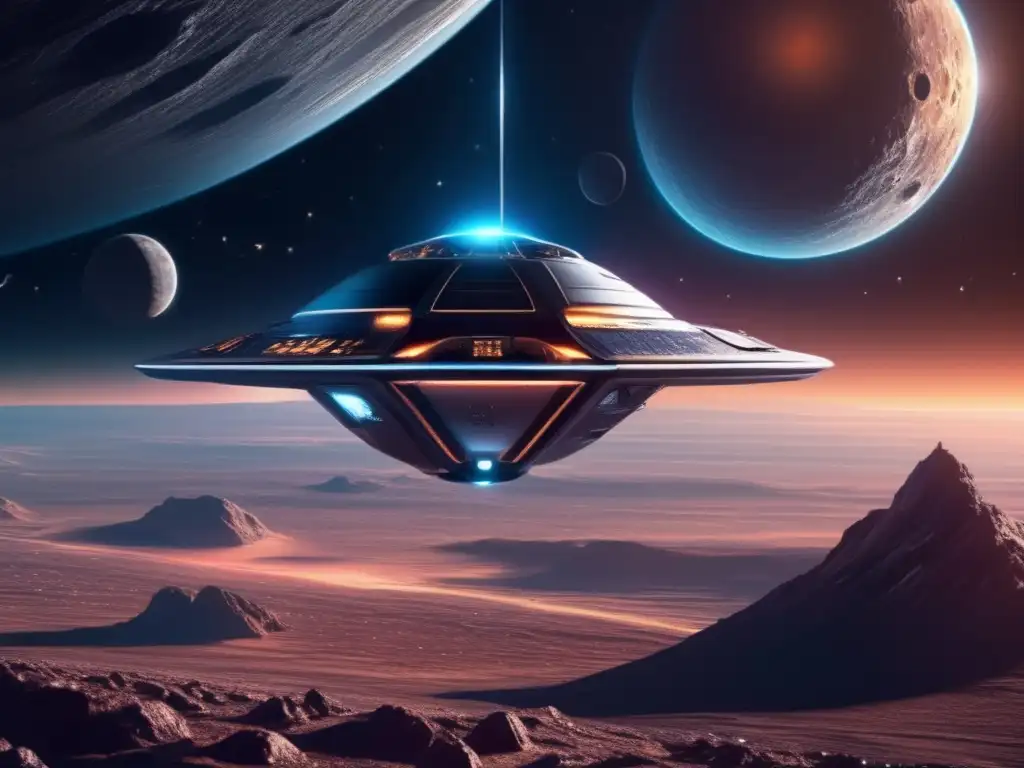
Introduction
Asteroids have long fascinated scientists and space enthusiasts alike. These celestial objects, often referred to as "minor planets," orbit the Sun and can range in size from small boulders to objects several hundred kilometers in diameter. Throughout history, asteroids have played a significant role in our understanding of the solar system and have even contributed to major scientific discoveries. One such discovery was the first known asteroid moon, Dactyl, which provided valuable insights into the nature and composition of these enigmatic objects.
The Discovery of Dactyl

A Pioneering Moment
In 1993, the Galileo spacecraft embarked on an ambitious mission to explore Jupiter and its moons. As part of its trajectory, Galileo made a historic flyby of the asteroid 243 Ida, located in the asteroid belt between Mars and Jupiter. It was during this encounter that scientists made an astonishing discovery - Ida had a moon named Dactyl.
Dactyl's Characteristics
Dactyl is a tiny moon, measuring just about 1.6 kilometers in length. This irregularly shaped satellite revolves around Ida, completing one orbit every 20.4 hours. Its surface is covered with craters, evidence of its volatile history and the countless collisions it has endured throughout its existence. By studying Dactyl, scientists gained valuable insights into the origin and evolution of asteroids and their moons.
The Significance of Dactyl
Dactyl's discovery was groundbreaking because it provided the first direct evidence of moons orbiting asteroids. Previously, scientists had only theorized the existence of such objects. Dactyl's presence shed light on the complex dynamics of asteroid systems and the role of gravitational interactions in shaping these celestial bodies. It also fueled further investigations into other asteroids, leading to the discovery of numerous asteroid moons in subsequent years.
The Nature of Asteroid Moons
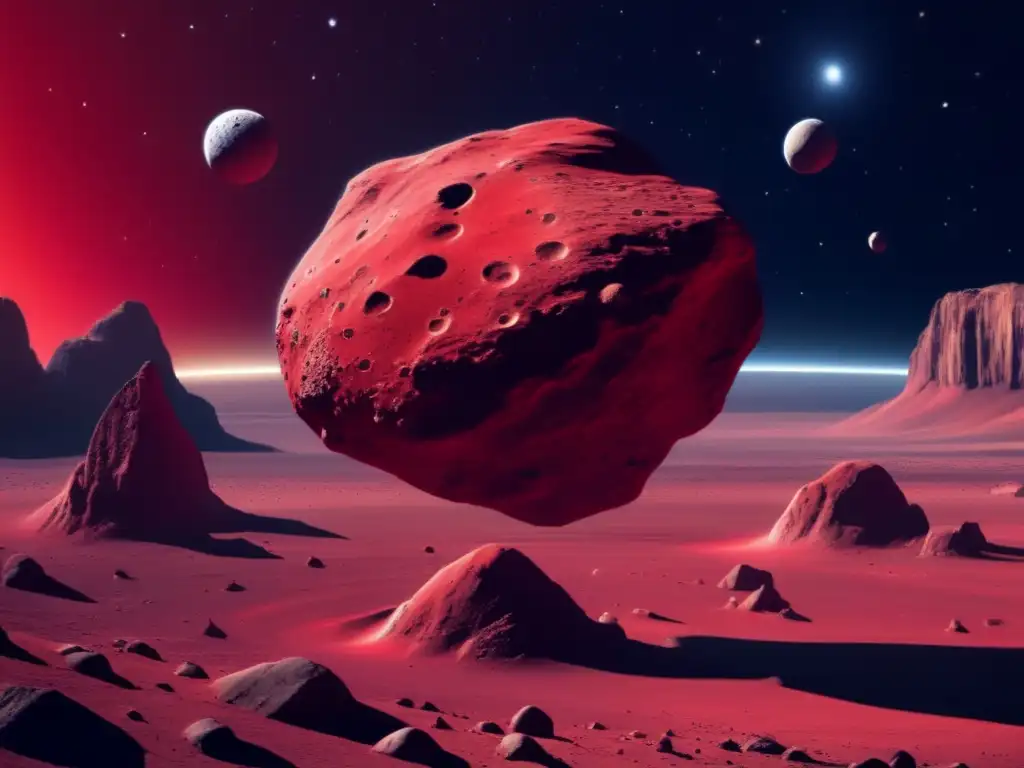
Formation Theories
There are several theories regarding the formation of asteroid moons. One hypothesis suggests that they result from the catastrophic breakup of a parent asteroid due to a high-speed impact. Another theory proposes that gravitational forces between an asteroid and a passing object, such as a planet or another asteroid, can lead to the capture of a smaller object into orbit. These theories highlight the dynamic nature of asteroid systems and the various mechanisms involved in moon formation.
Size and Composition
Asteroid moons come in a range of sizes, with some being comparable to their parent asteroids, while others are significantly smaller. Their composition is often reflective of the materials present in the parent asteroid, consisting of rocky and metallic elements. By studying the characteristics of asteroid moons, scientists can gain insights into the formation and evolution of both the moons themselves and their parent bodies.
Orbital Dynamics
Asteroid moons orbit their parent asteroids, influenced by gravitational forces and their mutual interactions. The stability of these orbits depends on factors such as the size and shape of the moon and the distance from the parent asteroid. Understanding the orbital dynamics of asteroid moons provides valuable information on the internal structure and mass distribution within the parent asteroid.
Exploring the Cosmos: Future Prospects

Upcoming Missions
As technology advances, our ability to explore and understand asteroids and their moons continues to grow. Several upcoming missions, such as NASA's Lucy and ESA's Hera, aim to study various asteroids and their moon systems in greater detail. These missions will provide invaluable data and insights into the formation, composition, and dynamics of these intriguing celestial objects.
Implications for Planetary Defense
Studying asteroid moons is not just a matter of scientific curiosity; it also has practical implications for planetary defense. By understanding the composition and behavior of asteroids and their moons, scientists can better assess the potential threat they pose to Earth and develop strategies to mitigate such risks.
With each new mission and discovery, our knowledge of asteroids and their moons deepens. The study of these celestial objects continues to unravel mysteries about the early solar system, the formation of planets, and the history of our own planet Earth. Each new revelation brings us closer to a comprehensive understanding of the cosmos and our place within it.
Frequently Asked Questions
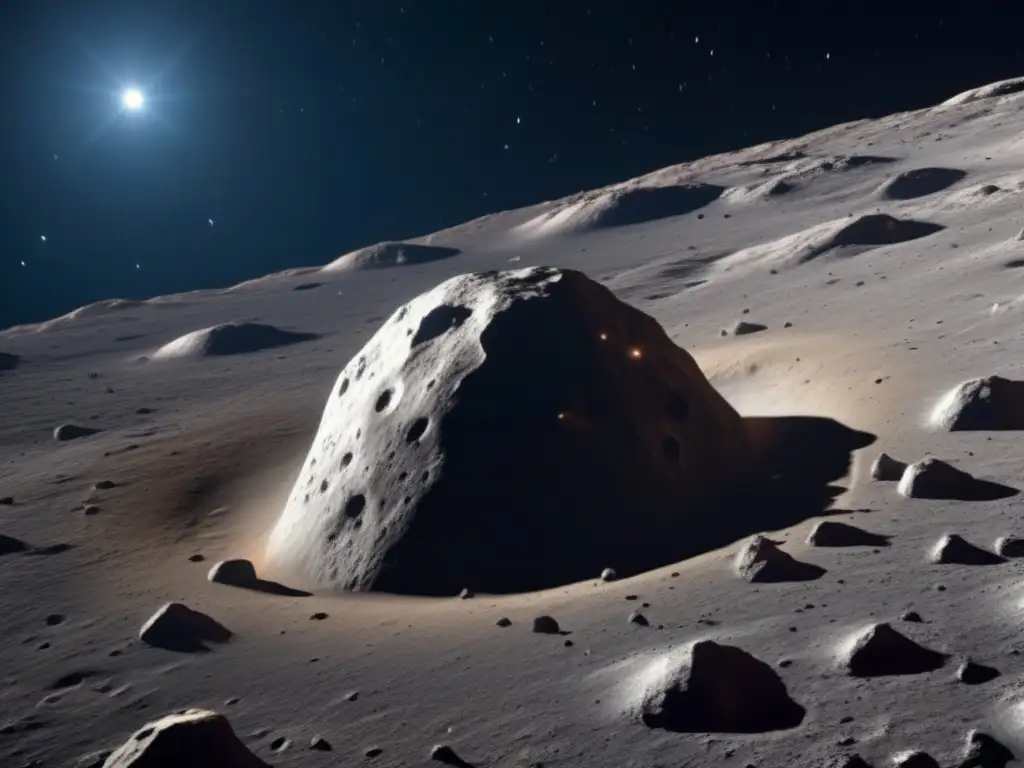
-
What is the size of Dactyl?
Dactyl measures approximately 1.6 kilometers in length.
-
How did scientists discover Dactyl?
Dactyl was discovered during the flyby of the asteroid 243 Ida by the Galileo spacecraft in 1993.
-
What insights did the discovery of Dactyl provide?
The discovery of Dactyl provided the first direct evidence of moons orbiting asteroids and offered valuable insights into the origin and evolution of asteroids and their moon systems.
-
What are some theories on the formation of asteroid moons?
Theories propose that asteroid moons can result from the catastrophic breakup of a parent asteroid or through the capture of a smaller object into orbit due to gravitational forces.
-
What is the significance of studying asteroid moons?
Studying asteroid moons helps us understand the formation, composition, and dynamics of asteroids as well as their potential threat to Earth.
Conclusion
The discovery of Dactyl, the first known asteroid moon, marked a seminal moment in our exploration of asteroids. This tiny satellite orbiting the asteroid 243 Ida provided unprecedented insights into the complex dynamics and composition of asteroid systems. Through the study of asteroid moons, scientists continue to deepen their understanding of these enigmatic objects, unraveling mysteries about the early solar system and our place within it. As we look to the future, upcoming missions and advancements in technology hold the promise of further discoveries and a more comprehensive understanding of the cosmos.
We invite you to share your thoughts and engage with Asteroid Realm by subscribing to our updates, sharing this article on social networks, and participating in discussions. Thank you for your time and attention.
Additional Resources
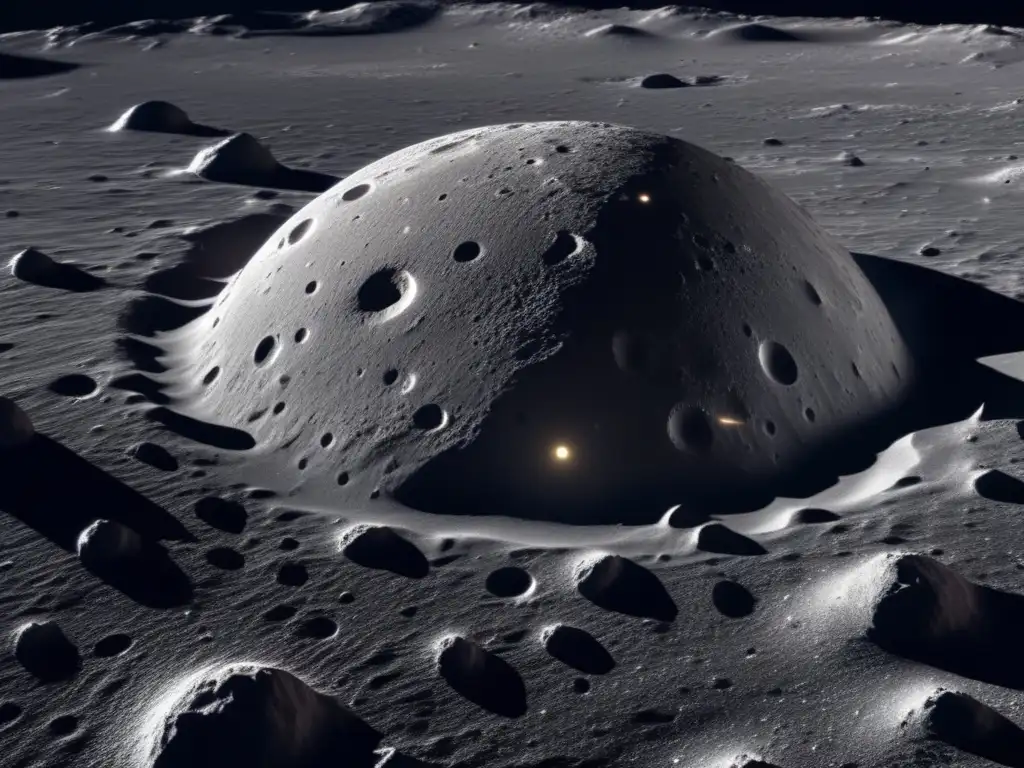
For further reading on asteroids and their moons, check out the following resources:
- NASA's Asteroid and Comet Watch
- International Astronomical Union
- NASA's Solar System Exploration: Asteroids
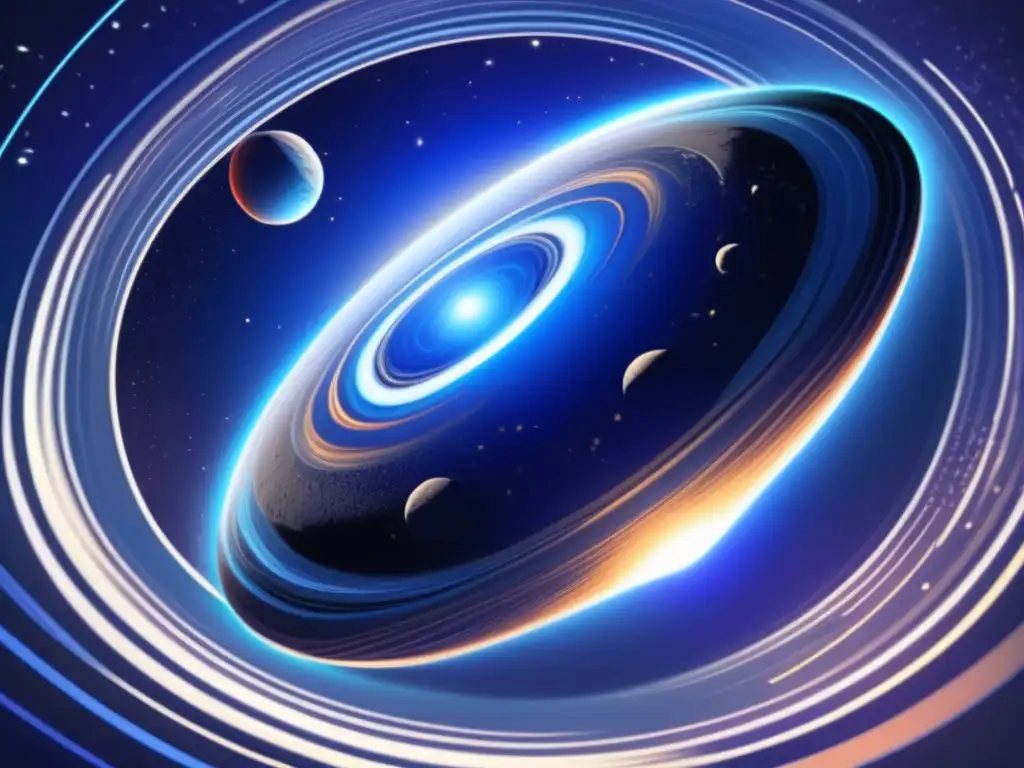 Unraveling The Mysteries Of 1999 KW4: A Binary Asteroid
Unraveling The Mysteries Of 1999 KW4: A Binary Asteroid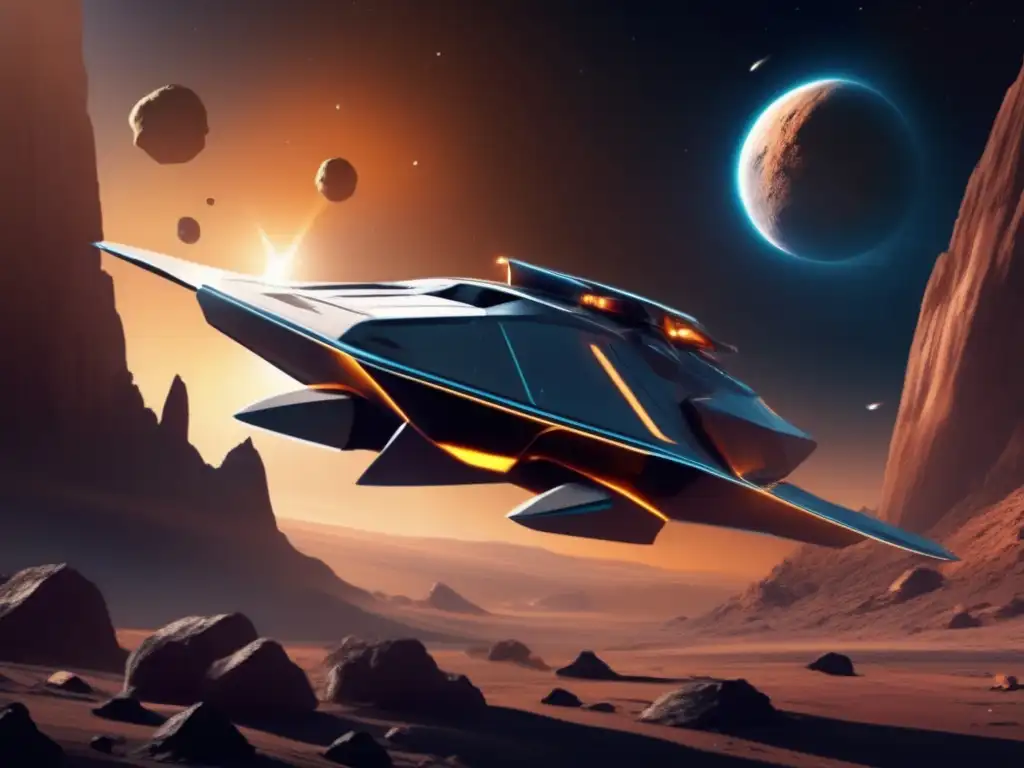 Antiope: The Double Asteroid – A Comprehensive Analysis
Antiope: The Double Asteroid – A Comprehensive Analysis Asteroid (29075) 1950 DA: A Risky Future For Earth?
Asteroid (29075) 1950 DA: A Risky Future For Earth?If you want to discover more articles similar to Discovering Dactyl: The First Known Asteroid Moon, you can visit the Asteroid Profiles category.
Leave a Reply

Articulos relacionados: